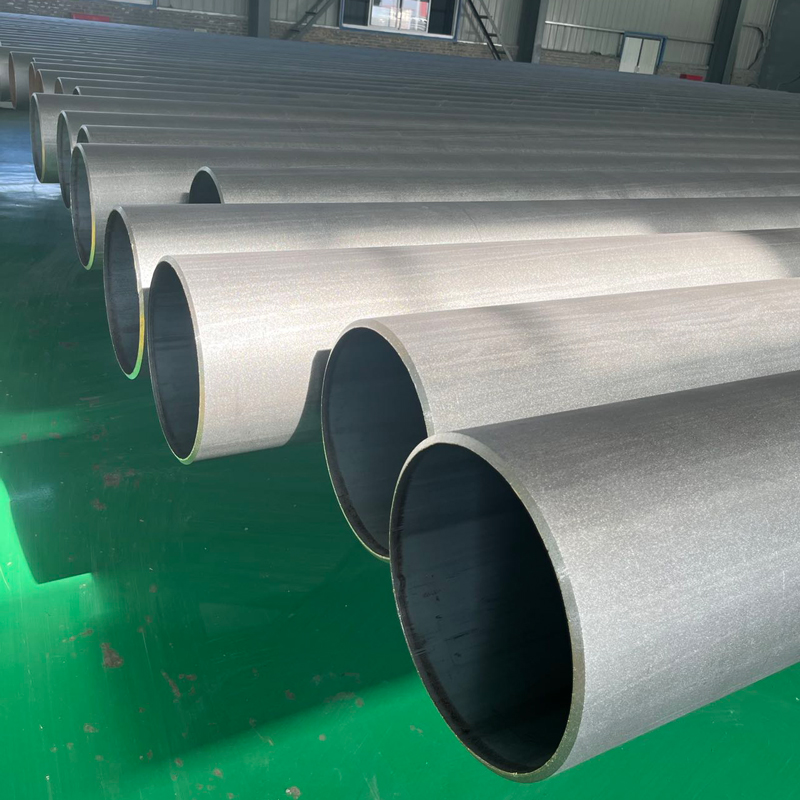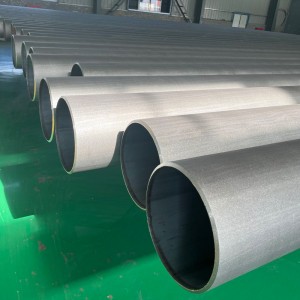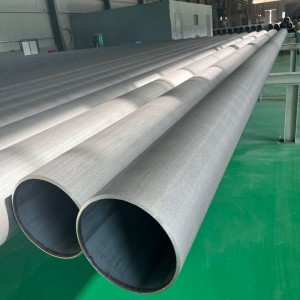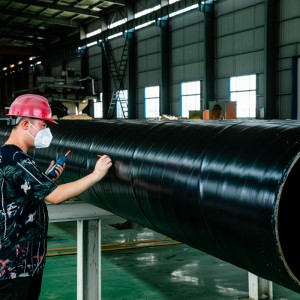Fusion-Bonded Epoxy Coatings Awwa C213 Standard
Physical properties of epoxy powder materials
Specific gravity at 23℃: minimum 1.2 and maximum 1.8
Sieve analysis: maximum 2.0
Gel time at 200 ℃: less than 120s
Abrasive blast cleaning
Bare steel surfaces shall be abrasive blast-cleaned in accordance with SSPC-SP10/NACE No. 2 unless otherwise specified by the purchaser. The blast anchor pattern or profile depth shall be 1.5 mil to 4.0 mil(38 µm to 102 µm) measured in accordance with ASTM D4417.
Preheating
Pipe that has been cleaned shall be preheated at temperature less than 260℃, the heat source shall not contaminate the pipe surface.
Thickness
The coating powder shall be applied to the preheated pipe at a uniform cure-film thickness of not less than 12 mils(305μm) on the exterior or interior. The maximum thickness shall not exceed a nominal 16 mils(406μm) unless recommended by the manufacturer or specified by the pruchaser.
Optional epoxy performance testing
The purchaser may specify additional testing to establish epoxy performance. The following test procedures, all of which shall be performed on production pipe test rings, may be specified:
1. Cross-section porosity.
2. Interface porosity.
3. Thermal analysis (DSC).
4. Permanent strain (bendability).
5. Water soak.
6. Impact.
7. Cathodic disbondment test.






